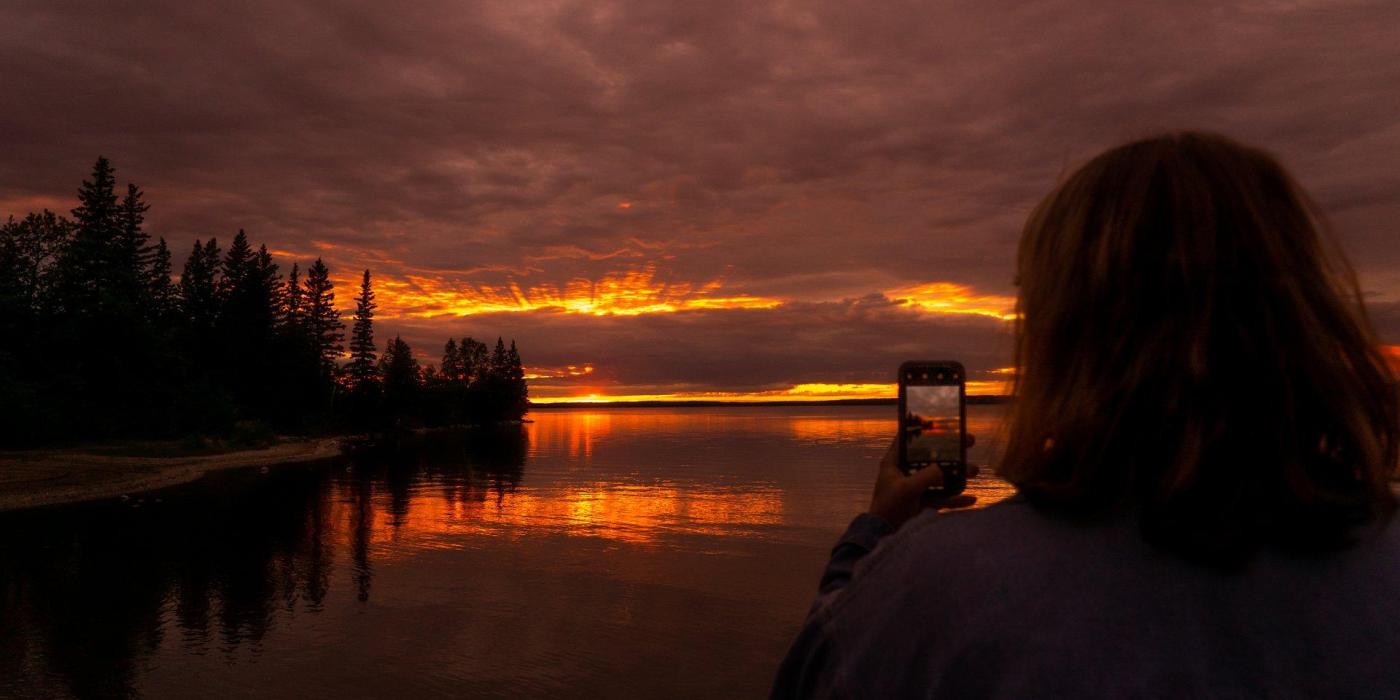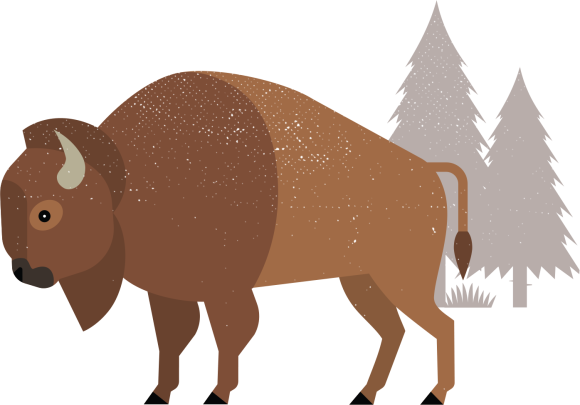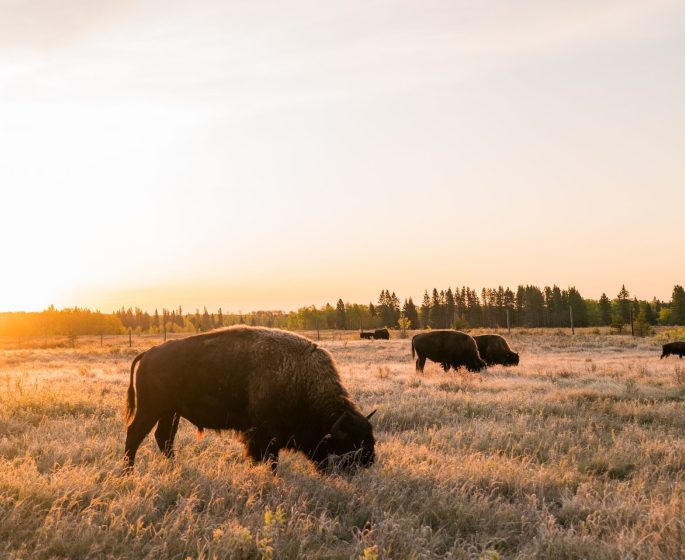- Things To Do
- Events
- Food & Drink
-
Places To Go
- Winnipeg
- Churchill
- Eastern Region
- Central Region
- Interlake Region
- Parkland Region
- Western Region
- Manitoba North
- Must-See Destinations
-
Itineraries
- Island Getaway on the Prairies
- Dauphin - Culture and Attractions
- Wheat City Wanderings in Brandon
- Escape to the water and the wild
- St. Boniface Winter: Passion and History
- Follow the path to a story in Neepawa
- Unleash your inner Viking this winter
- Explore Clear Lake this winter like never before
- Breathe in the Whiteshell this winter
- Go North for a boreal forest escape
- Treaty Areas
- Where To Stay
- Trip Essentials
- #ExploreMB Blog
Navigation Options
- FREN
- Things To Do
- Events
- Food & Drink
-
Places To Go
- Winnipeg
- Churchill
- Eastern Region
- Central Region
- Interlake Region
- Parkland Region
- Western Region
- Manitoba North
- Must-See Destinations
-
Itineraries
- Island Getaway on the Prairies
- Dauphin - Culture and Attractions
- Wheat City Wanderings in Brandon
- Escape to the water and the wild
- St. Boniface Winter: Passion and History
- Follow the path to a story in Neepawa
- Unleash your inner Viking this winter
- Explore Clear Lake this winter like never before
- Breathe in the Whiteshell this winter
- Go North for a boreal forest escape
- Treaty Areas
- Where To Stay
- Trip Essentials
- #ExploreMB Blog

Educational Resources
Learn more about Manitoba
Etymology
The name Manitoba comes from the language of Indigenous peoples meaning the “straight of the Spirit” from the Anishinaabe or “Lake of the Prairies” from the Assiniboine.
Geography
Manitoba is bordered by Saskatchwan to the west, Ontario to the east, North Dakota and Minnesota to the south and Nunavut to the north. Manitoba also meets the Hudson Bay and is the only Prairie province to have a saltwater coastline.
Economy
Manitoba’s top economic contributors are agriculture, tourism, electricity, oil, mining and forestry. Manitoba also has a large manufacturing sector.
Population
Manitoba has a population of over 1.2 million people. The largest majority of those are from European descent, followed by those of Indigenous, east and southeast Asian, south Asian and Middle Eastern, African and Latin, Central and South American origins.
Emblems
What is Manitoba’s official animal, tree, flower, fish and fossil? Find out with a look at our infographic of Manitoba’s emblems.

Download our infographic of Manitoba's official emblems.

